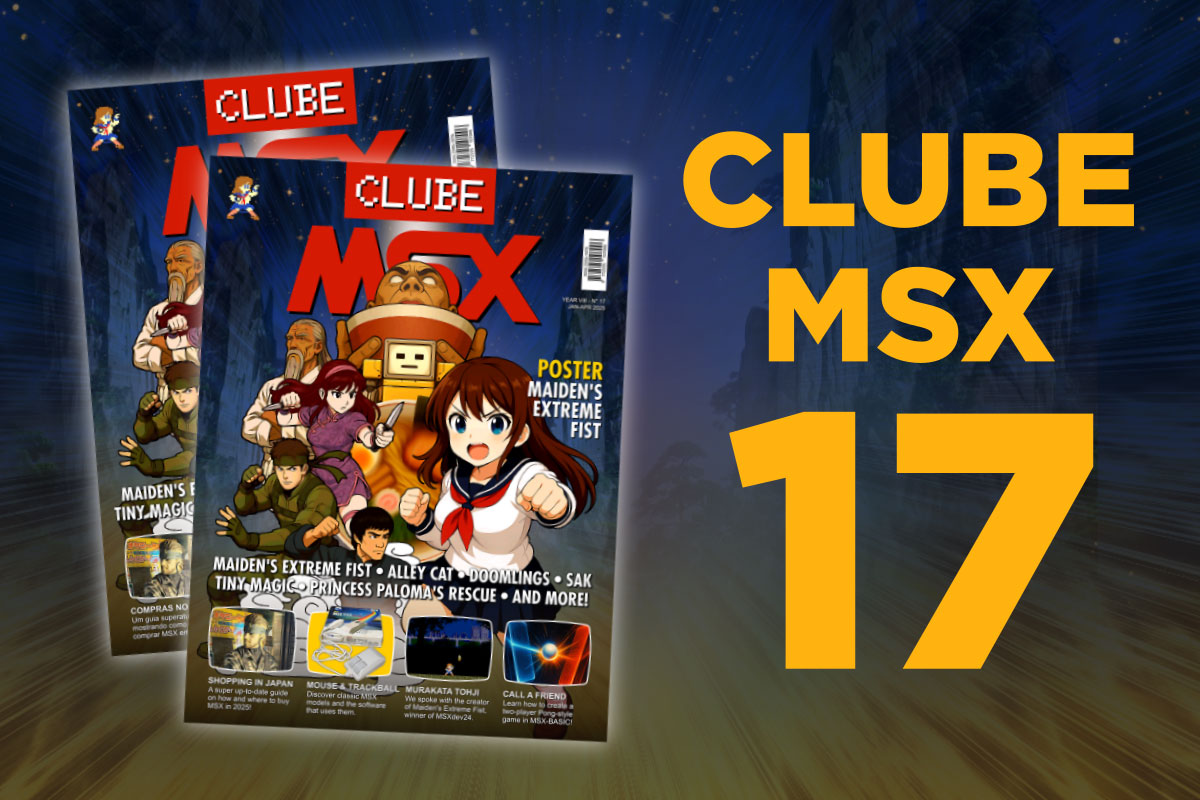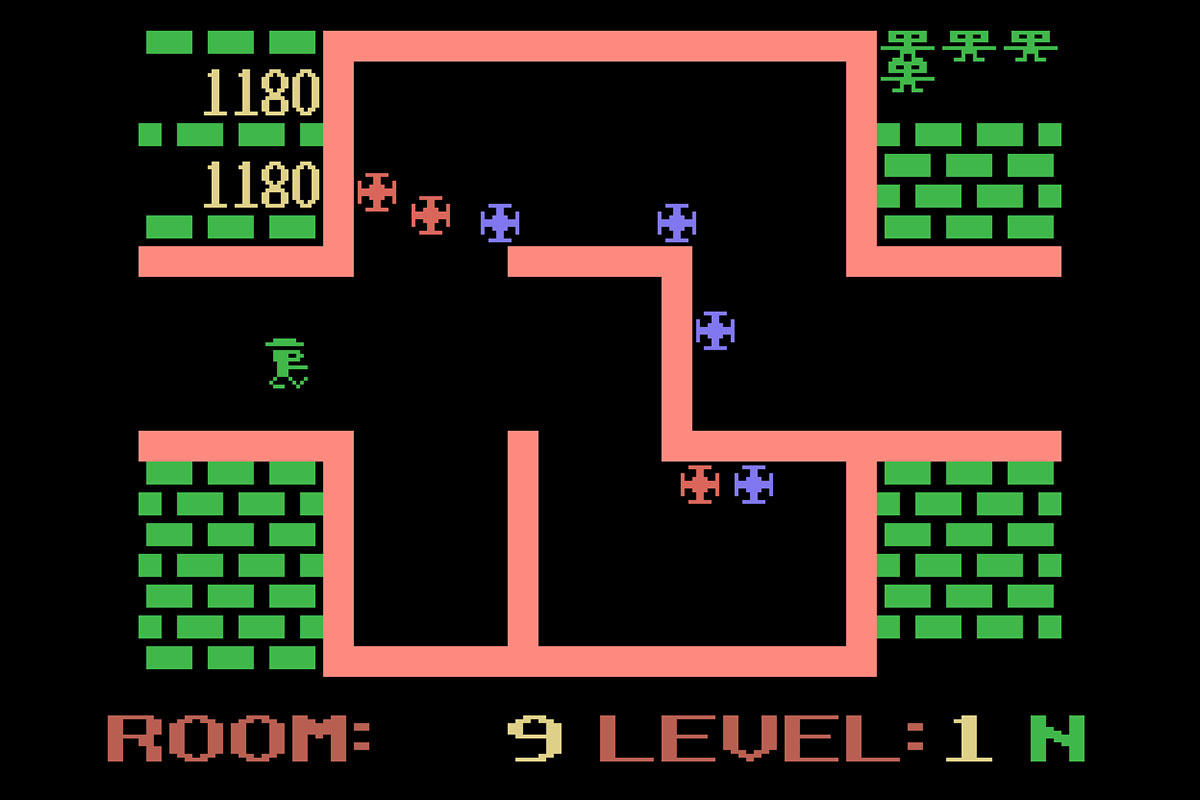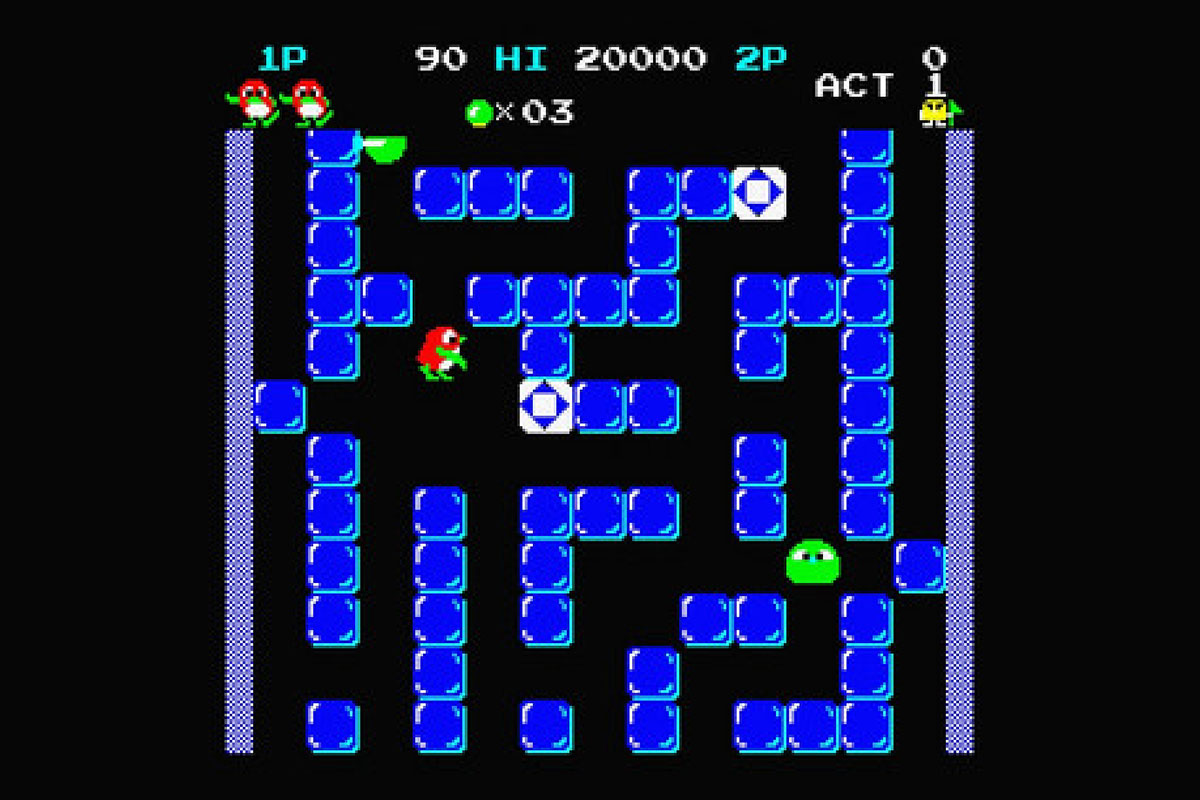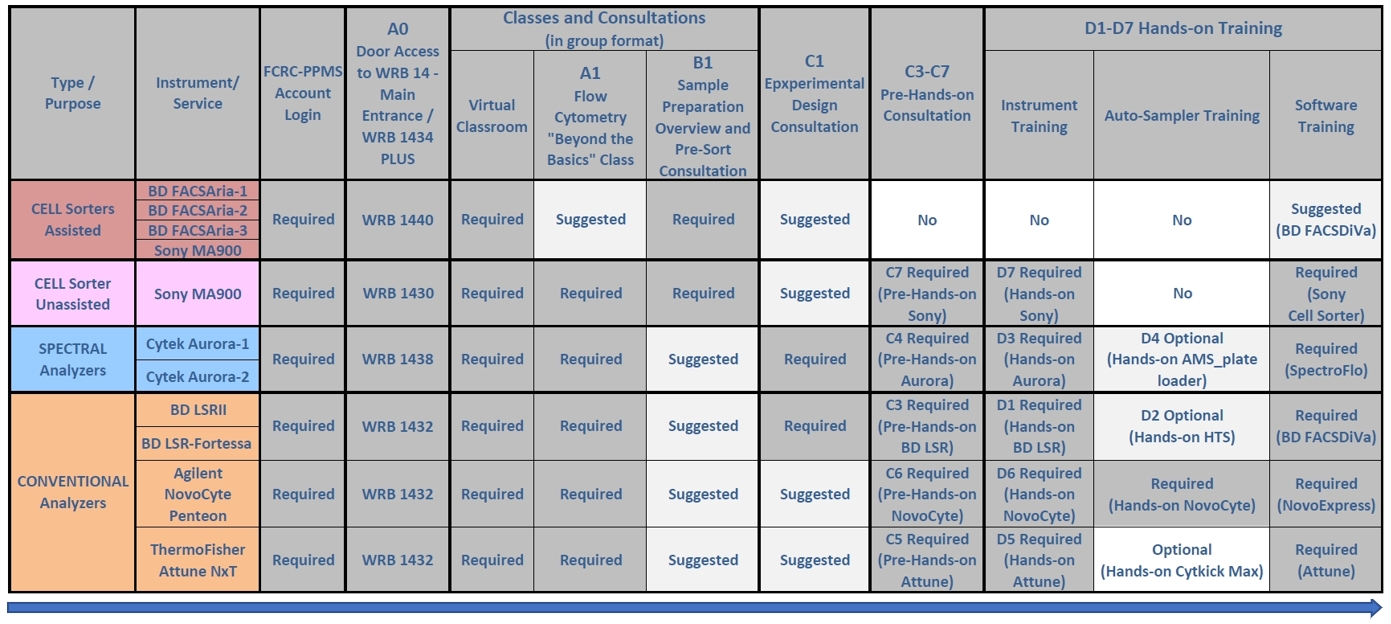IronStar

You have been assigned the one and only mission to track down and fight Taured to retrieve the Power Sphere that has been stolen from your people.
Your secret name for this mission is Tucano.
While it may sound simple, it will be nothing less than an ultimate challenge.


Taured is an android powered by an incredibly advanced Artificial Intelligence, something that will be used to its maximum extent to prevent you from accomplishing your mission.
But, fear nothing! You are well prepared for the fight, and to help with the almost impossible task of defeating Taured, you have been granted full access to the most secret and highly advanced starfighter of all times, and all its state-of-the-art features!
An epic battle is about to unfold!
The greatest pilot with the best ship against the most proficient AI android ever made.
Gameplay and Difficulty
The game has 8 levels and several enemies to be faced simultaneously.
It is not an easy game to play and the challenges are immediately noticeable as soon as the game starts, which is one of the most fascinating characteristics of this game. Larini knows he built a very hard game to play because we cried a lot to his years when he presented the game to us in 2005. Thanks to our tears, he nicely added a “continue” feature as a “last minute” change. It is included in the current version of the game that is freely available for download at the end of this article.

Larini believes his game is not as hard as – for instance – Aleste 2, but it is something we gently disagree with. The game pace is actually intense, and the enemies are fierce, which is one of the reasons this game is amazing, but also because the playability is incredibly well-done and players do have the chance to win. But, be warned: if you master paying IronStar without cheating it may ruin your taste for Shoot ‘Em Up games, as you risk find everything else too easy and boring.
The game is played with the keyboard arrow keys, plus the spacebar to shoot the weapon. There is no secondary weapon available as most traditional Shoot ‘Em Up games have, which makes it even more challenging. Everything else is related to reflexes and strategy.
Are you up to the challenge? You can try it on WebMSX right now if you want…
Creating IronStar
This game project took about 4 years and was concluded in 1990.
The entire game was designed and programmed by Paulo Larini alone. At that time, Larini was a young MSX user from Brazil who believed he had what it takes to build a complete game all by himself. And he was right! He did it! But it was not an easy task. He basically learned the necessary techniques required to build a game while he was writing the lines of code, which is remarkable given the final result.

Larini was only 13 years old when he had his first encounter with the computer world. It all begun when his sister-in-law gifted him with a subscription to a computer school to learn BASIC. At the school, he was introduced to the ZX-81 (Sinclair clone), and he immediately loved everything about it. Not much later he was presented with a TK-85, a ZX81 clone with the ZX Spectrum case, which was the last ZX-81 compatible machine produced by the Brazilian Microdigital (image on the right). It was on the TK-85 that Larini made his first serious steps into game development. He managed to produce a few small titles at the time, such as Lunar, Thunder Cats, and Space, and while working on those titles he had the opportunity to approach and learn more in-depth about Z80 ASM.

His first MSX came in 1986, a HotBit model produced by Sharp in Brazil. He was so impressed with the new set of features that he immediately decided to work on a new fighting game based on Karate. Unfortunately, his programming skills were quite not there yet, similarly to his martial arts skills, forcing him to slow down his plans until he could learn more about the MSX architecture.
As the internet wasn’t yet a thing at that time, as many of us did, Larini resorted to books and invested heavily in learning all he could about MSX-Basic and Z80 ASM. Of course, part of the time was invested in playing all MSX games he could possibly play, but he never stopped practicing and improving his programming skills. Larini lost count of how many small tools and routines he created for almost everything, such as a music ripping tool (to “steal” music from games to be played in the BASIC). He summarily invested time on anything that could push him closer to become more comfortable programming on an MSX, and it was how he kickstarted his new game project called “THE GAME” (later to be known as IronStar).
All that personal investment in learning paid off and proved that Larini was right when he believed he could build a game all by himself. He not only did program all of it in Assembly, but also found that he was very good at creating images and visual design, also good music and sound effects composer, and – most importantly – that he was a hardcore game player.
Even then, building games for MSX 1 is not walking in the park. The standard also offers several limitations and challenges, especially for the things he was aiming to accomplish. Most experienced MSX programmers are well known about those limitations, and how it takes a lot of out-of-the-box thinking and experiments to overcome them. One of the challenges that slowed him down quite a bit was the Screen 2 “characteristic” that uses blocks of 8 pixels with one color only, which is not less than a challenge on its own if it wasn’t the additional fact that Larini was developing a color game on a Black & White TV. Believe it or not but, in certain regions, some “old fashion folks” believed that computers could harm Color TVs. It wasn’t before the third month into development when Larini was finally able to acquire a 14″ Color TV to use with his MSX, and that was the first time he has actually seen his game in color.

There were many other challenges during the development of IronStar, such as the synchronization of all the moving elements, and even the development environment was limiting for the game need. At that time he was coding using the Mega Assembler program, which has several limitations for large source codes. It almost stalled the project, but luckily for him (and us) he was introduced to the M80 Pack and the game was saved. The ultimate challenge, however, was to coordinate the project with his school and work, forcing him to code on the weekends only.
During the course of the project, he got great ideas and insights from his close friends, which he used to enrich the game. The game music is also an interesting piece of the project. Not only he composed all of it by himself, but he used a program called HotMusic, which was another one of his creations!

The public release of the game
The IronStar game has never been released for sale or distribution when it was completed. Its first “official release” only happened in April of 2005, more than 15 years after the game was completed, when Larini approached the MSXALL Team and presented the game to us. It was when we publish a dedicated page for the game on our old website with a free download option. Before that, only a few closer friends were contemplated with a courtesy copy of the game. Larini explained that the main reason why he never sold or presented the game for distribution before was that his MSX broke soon after he completed the game, and he never repaired it. At that time, the MSX was already fading away from the market and other standards were surfacing to take its place. It was when he moved on and bought a Commodore Amiga, leaving behind almost all of his MSX stuff and projects. Luckily (for us) he saved a few of his old MSX floppy disks, including the IronStar game and its assembly source code.
Larini only rediscovered the MSX around the year 1999 as a result of the “age of emulators”. It was then when he decided to revive his game just to satisfy his own curiosity if it would stills be playable. And that is how the game resurfaced from oblivion and was brought to life.

The re-release of the game
It brings us to today’s date. For over 15 years the IronStar game was forgotten, left in “darkness”, until when it was brought to “light” in 2005 when the MSXALL Team published a page about the game on the MSXALL Website. However, it was only for a certain period. The reason is that the old MSXALL Website was discontinued a few years later and when that happened, the game once again disappeared because none of the cataloging initiatives at the time were considering it for cataloging. It was not uncommon for homebrew games to be disregarded from catalogs at that time, hence, IronStar never made it to any other repository or list, and with the old MSXALL site was brought offline, the IronStar game once again vanished from the MSX scene.
That’s why we brought back this revised version of the old article. We found its draft on our old backups and realized the game was virtually inexistent online, including on our own games’ list. Because of that, we took upon ourselves the responsibility to bring it back to the MSX community, the article, plus a link for the game download. IronStar is now once again available, and this time it is included on our own game repository, so it will never be lost again.
IronStar is the only one game Larini has ever finished for MSX, and also a piece of history that was forgotten for a long period of time, almost lost, twice! It took 15+ years to travel from Larini’s shelves to the web, and then another 15+ years from the time when its page was taken down to today’s re-publishing. It is not fair treatment to a game that took so much effort to be developed and is actually very cool and challenging to play. For all that, IronStar deserves our attention and respect, and a rightful place in the list of great MSX games.

We invite you to download the game, play it, and try to win without cheating. The game is a nice “time machine” for the golden era of the MSX 1 games, and a perfect example of how the MSX can be an easy computer to develop, so easy that a young boy was able to build an entire game by himself without any advanced development knowledge. Not just Larini, but a lot of other people around the world have also created amazing software products for the MSX, many probably yet unseen by most of us.

DOWNLOAD the original IronStar game from here.







